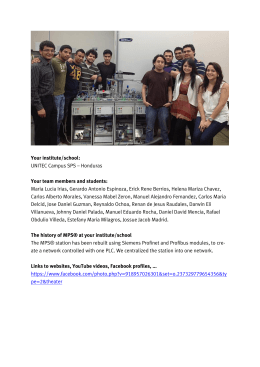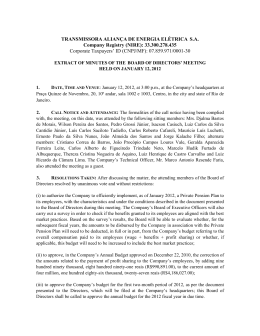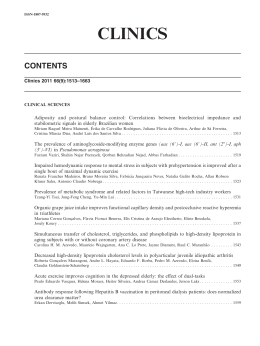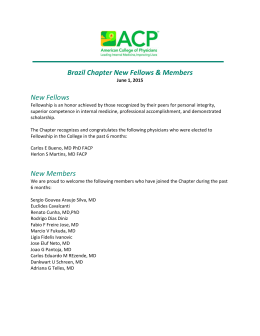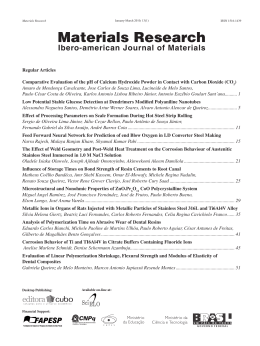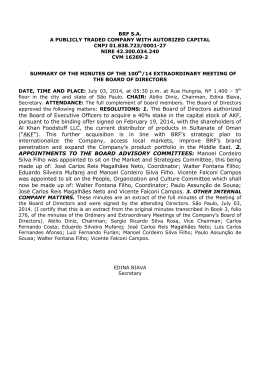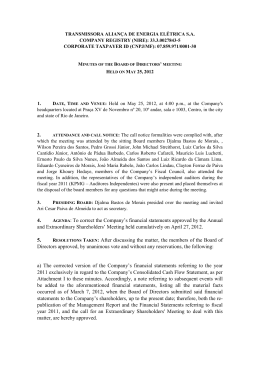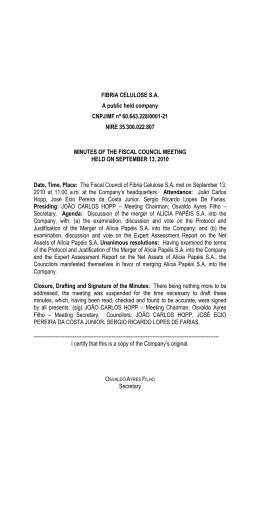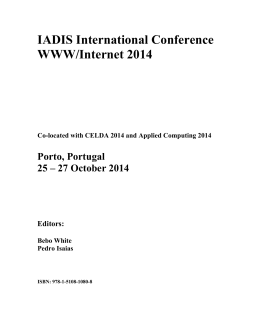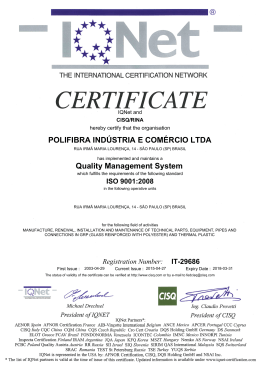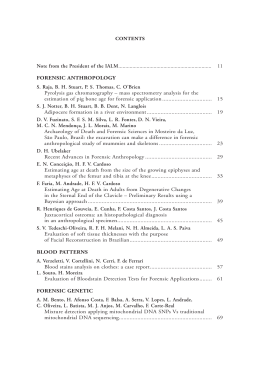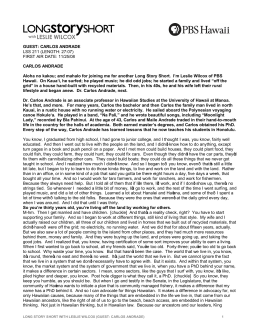SUBJECT DESCRIPTION MODELO PED.013.02 Course Computer Science Subject Computer Science Project Type of course Year Professor(s) Area Coordinator Academic year 2012/13 ECTS 10 Compulsory 3 rd Semester 2 nd Student Workload: sem Carlos Jorge Gonçalves Brigas - 30H Noel de Jesus Mendonça Lopes - 8H Adérito Neto Alcaso - 4H Carlos Alberto Correia Carreto - 4H José Carlos Coelho Martins da Fonseca - 4H Maria Clara Santos Pinto Silveira - 4H Maria de Fátima Santos David - 4H Paulo Carlos da Rocha Costa - 4H Rute Maria Gomes Abreu - 3H Total 280 Contact 140 Paulo Jorge Costa Nunes (Programming and Multimedia) Planned/Completed SD (delete as appropriate) 1. LEARNING OBJECTIVES Upon completion of this subject, students should be able to: 1. Write a technical report on the project (requirements analysis, design, implementation, verification, and validation), documenting the state of the art, the technologies used, the science involved, and all the other phases of the project, integrating the technical and scientific knowledge developed through the project. 2. Develop a real-‐world computer science project applying the knowledge acquired throughout the Computer Science course. 3. Document the project in articles or poster format. 2. PROGRAMME 1. Create and edit documents using LATEX 2. Research Methods 3. Directing Computer Science Project 4. Seminars/Workshops within the Projects framework 5. Development of a Computer Science Project with or without cooperation with companies through partnerships/internships, according to the requirements defined by the proponent/company and by the supervisor (Professor) or according to the internship plan signed by the ESTG-IPG, the student, and the company. P á g i n a | 1 SUBJECT DESCRIPTION MODELO PED.013.02 3. COHERENCE BETWEEN PROGRAMME AND OBJECTIVES Topics 1 and 2 satisfy objective 3 since the student will learn to create scientific documents using research methods. Topics 3 and 4 satisfy objective 1 since the student will learn to plan and manage the life cycle of a project. Topic 5 satisfies objective 2, complementing the academic education of the student and allowing him/her to apply the knowledge acquired throughout the Computer Science course to real-‐world problems. 4. MAIN BIBLIOGRAPHY [1] Peter Flynn,A beginner's introduction to typesetting with LATEX, http://www.business-software-books.us/word_processing_0001.php [2] António Miguel, Gestão de Projectos de Software - 4ª Edição Actualizada, ISBN:978-972-722-658-0, FCA, 2010. [3] Other documentation supplied by the Professors. Other recommended books [1] Articles and books defined according to the students’ project. 5. TEACHING METHODOLOGIES (INCLUDING EVALUATION) Teaching methodologies: • Lecture • Interactive lesson • Individual research • Project Evaluation methodologies: The project will be evaluated by a jury of three Professors: the supervisor and two other Professors proposed by the Study Cycle Director and nominated by the School Board. Evaluation components: 1. Technical Report (40%) 2. Completed Project (50%) 3. Presentation (5%) 4. Scientific Poster and/or article (5%) 6. COHERENCE BETWEEN TEACHING METHODOLOGIES AND OBJECTIVES P á g i n a | 2 SUBJECT DESCRIPTION MODELO PED.013.02 Objectives 1 and 3 require theoretical and practical background, thus the Professor uses Lectures and interactive lesson. Objective 2 corresponds to individual research and project work since the students will actually develop a project requiring field research. 7. ATTENDANCE 8. CONTACTS AND OFFICE HOURS Nome Noel de Jesus Mendonça Lopes Carlos Jorge Gonçalves Brigas José Carlos Coelho Martins da Fonseca Maria Clara Santos Pinto Silveira Carlos Alberto Correia Carreto Adérito Neto Alcaso Rute Maria Gomes Abreu Paulo Carlos da Rocha Costa Maria de Fátima Santos David Email [email protected] Telefone 1216 Gabinete Horário de atendimento 16 21 September 2012 __________________________________________ Noel de Jesus Mendonça Lopes Professor __________________________________________ Paulo Jorge Costa Nunes Area Coordinator P á g i n a | 3
Download
